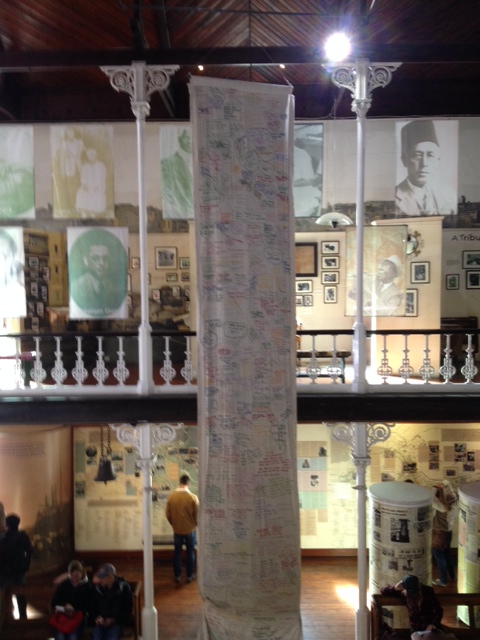A Tale of Two District Sixes: Our Room at 33 South and the District Six Museum
During our stay in Cape Town, Krishna and I have been living at a hostel called 33 South in the bohemian suburb of Observatory. Each room in the hostel has been named for a neighbourhood or suburb of Cape Town. For example, the other rooms are called Kalk Bay, BoKaap, Khayelitsha, and Juge. The room Krishna and I stay in, however, is called District Six. When we first arrived, being unfamiliar with the area, we hoped to see the suburb our room was named after. Because our room is painted with a mural of the mountains and the city skyline and has a wall covered in old records, we thought the location would close to the mountains and city and known for its music. Unfortunately, a quick search revealed to us that District Six actually no longer exists. We learned it used to be a cosmopolitan area where all the races and religions of Cape Town lived together, but that it was destroyed during the apartheid area because the government’s wish to separate the races. The apartheid government designated District Six as a white’s only area, forcing the blacks, coloureds, and Indians out of their homes and into townships. However, we did find out that there is a museum memorializing life in District Six. To learn more about the history of this neighbourhood, we decided to pay the museum a visit.
33 South Common Room and Reception
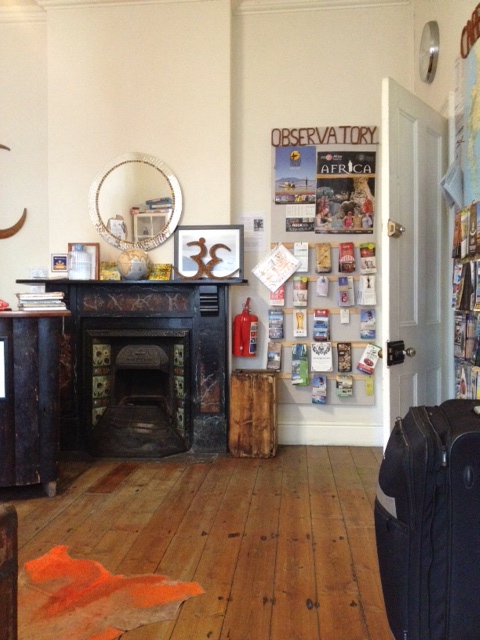
District Six in 33 South
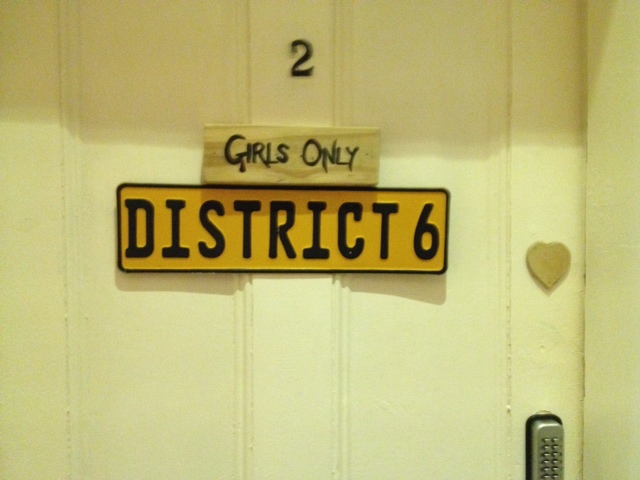
District Six Record Wall
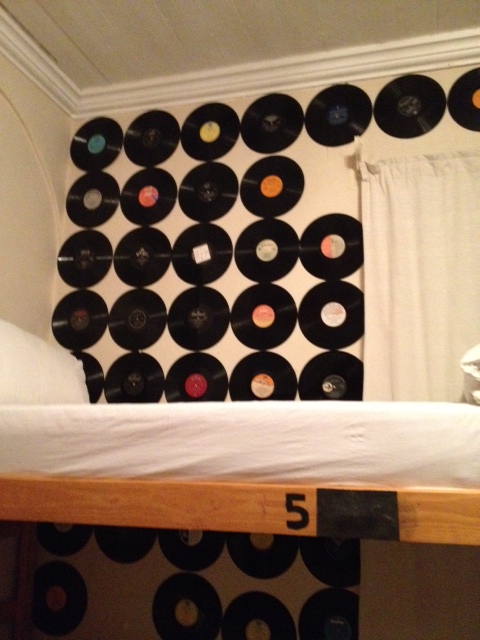
District Six Skyline Mural
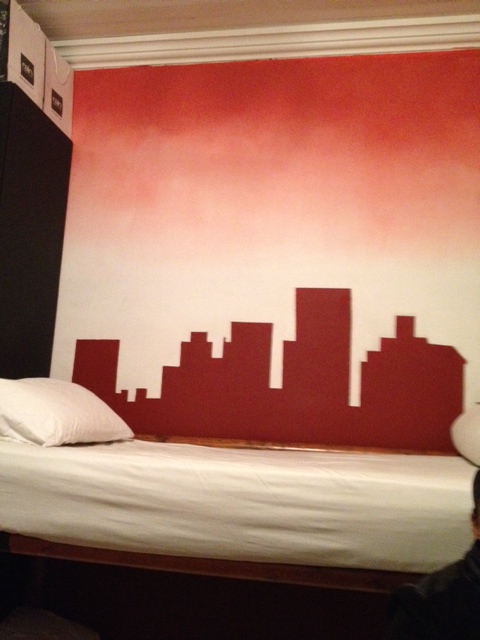
District Six Mountain Mural
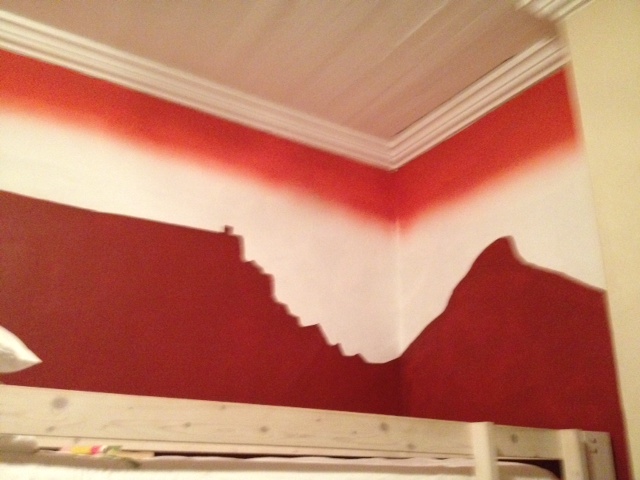
The District Six Museum is located in downtown Cape Town on Buitenkant Street, which used to be a part of the old District Six. The floor of the museum consists of a map of the old district and the walls are lined with stories and photos submitted to the museum by the former residents. My favorite installation, however, was the tower of all the old street signs. Apparently when the demolition crew was called in to destroy the homes of the former residents, the bulldozer operator collected them instead of allowing them to also be destroyed.
District Six Street Map
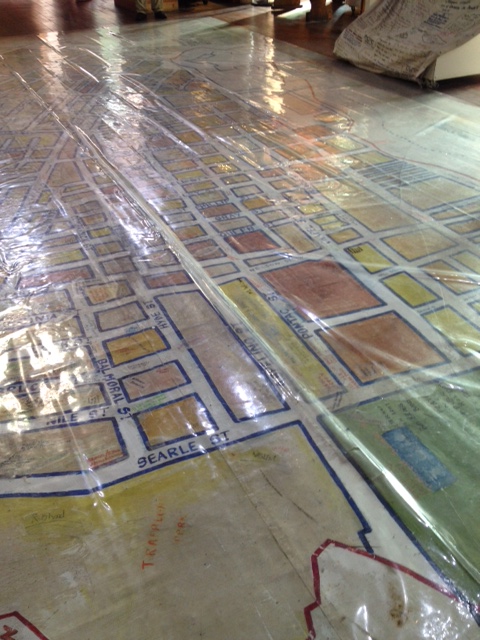
District Six Street Signs
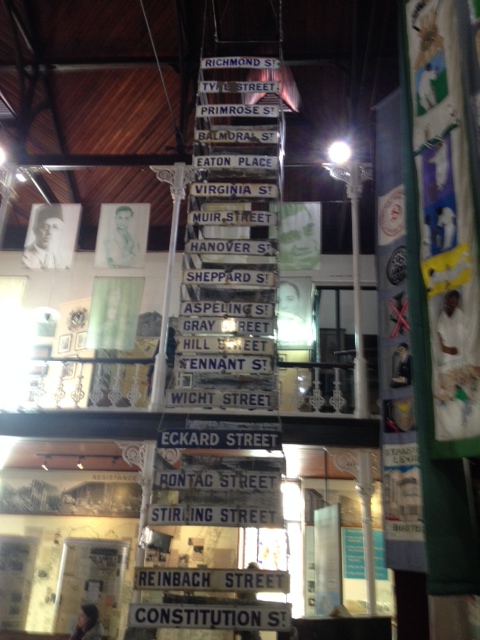
After reading several of the displays, we joined a small tour of the museum. Our guide was a former resident of District Six named Noor Ebrahim. Noor explained that his family had lived in District Six for three generations. He said his grandfather was a very strong man, who outlived four wives. He chuckled at our skeptical looks and joked that he had his wives one at a time, unlike South Africa’s current president, Jacob Zuma, who has four wives currently and is engaged to a fifth woman as well. Noor said that his grandfather also invested an a lot of property in District Six, and ended up renting out several homes to other residents in addition to the ones he had for his enormous family. Therefore, in the 1970’s when Noor and his family were forced out of District Six due to their family being “colored,” everyone in the family was heartbroken. Noor also fondly recalled that everyone in the district lived together well and respected each other’s religious and cultural traditions. For example, he said he used to celebrate Christmas with his Christian friends and his Christian friends would celebrate Eid al-Fitr with him at the end of Ramadan. Noor said this mixing and mutual respect was something that the apartheid government feared because it showed that the many races and religions of South Africa respected each other’s differences and could live in peace and harmony together. After apartheid was over, Noor said that the new government promised former District Six property owners that they would be given housing as reparations. Unfortunately, however this promise has yet to be fulfilled. Noor is doubtful that it will happen in his lifetime and is skeptical of the government as a result. However, he made sure to point out that he always votes at election time. People fought for his right to vote in this country, and more importantly, he says, he feels that if you do not vote, you cannot complain about the government.
After Noor’s tour, we continued to explore the museum’s many displays. There are so many memories of District Six and its residents on its walls and former residents are encouraged to add their own memories to a memory cloth and various guest books. It is truly a living memorial.
